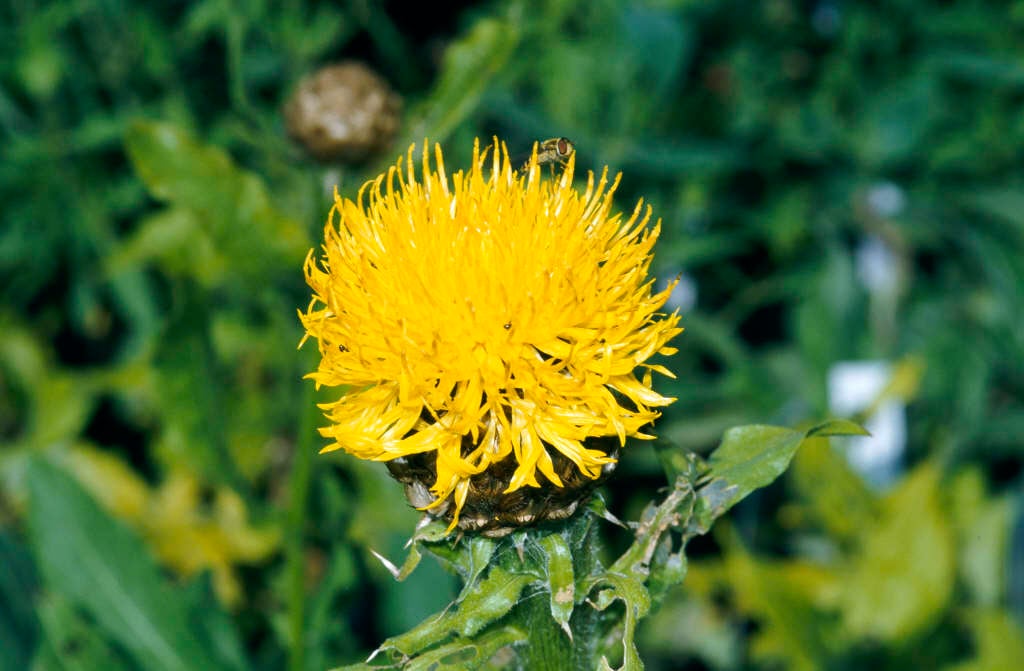Not the plant you're looking for? Search over 300,000 plants
Herbaceous Perennial
Size
Ultimate height
1–1.5 metresTime to ultimate height
2–5 yearsUltimate spread
0.1–0.5 metresGrowing conditions
Chalk
Clay
Loam
Sand
Moisture
Moist but well–drainedpH
Acid, Alkaline, NeutralColour & scent
| Stem | Flower | Foliage | Fruit | |
| Spring | Green | |||
|---|---|---|---|---|
| Summer | Yellow | Green | ||
| Autumn | Green | |||
| Winter |
Position
- Full sun
- Partial shade
Aspect
West–facing or South–facing or North–facing or East–facing
Exposure
Exposed or Sheltered Hardiness
H7Botanical details
- Family
- Asteraceae
- Native to GB / Ireland
- No
- Foliage
- Deciduous
- Habit
- Clump forming
- Genus
Centaurea may be annuals, perennials or subshrubs, with simple or pinnately lobed leaves and showy thistle-like flowers-heads, often with enlarged outer florets
- Name status
Correct
- Plant range
- Caucasus
How to grow
Cultivation
Best grown in moist but well-drained soil in sun or partial shade
Propagation
Propagate by seed sown in pots in a cold frame in spring or propagate by division in spring or autumn
Suggested planting locations and garden types
- Coastal
- Cottage and informal garden
- Wildflower meadow
- Wildlife gardens
- Cut flowers
- Flower borders and beds
Pruning
Deadhead regularly to prolong flowering
Pests
Generally pest-free
Diseases
May be susceptible to powdery mildews
Get involved
The Royal Horticultural Society is the UK’s leading gardening charity. We aim to enrich everyone’s life through plants, and make the UK a greener and more beautiful place.
